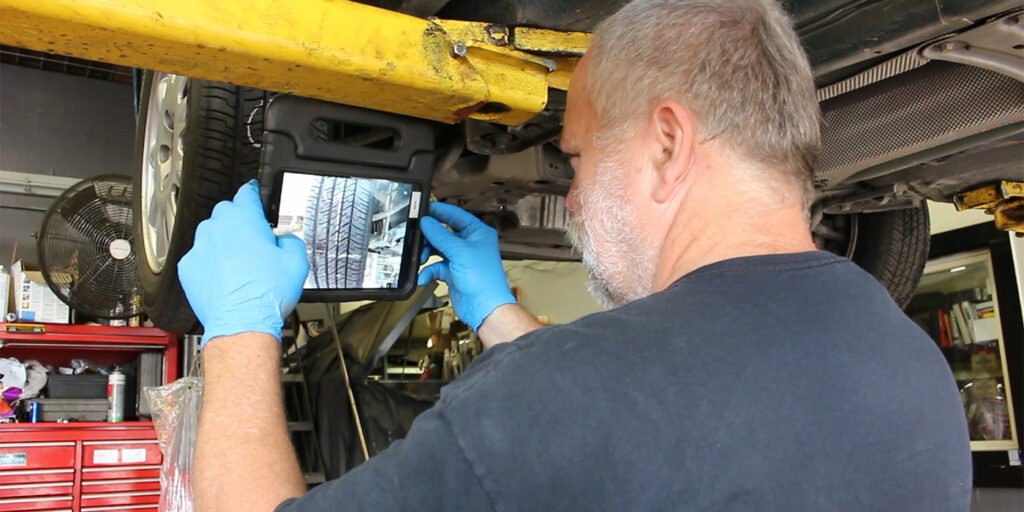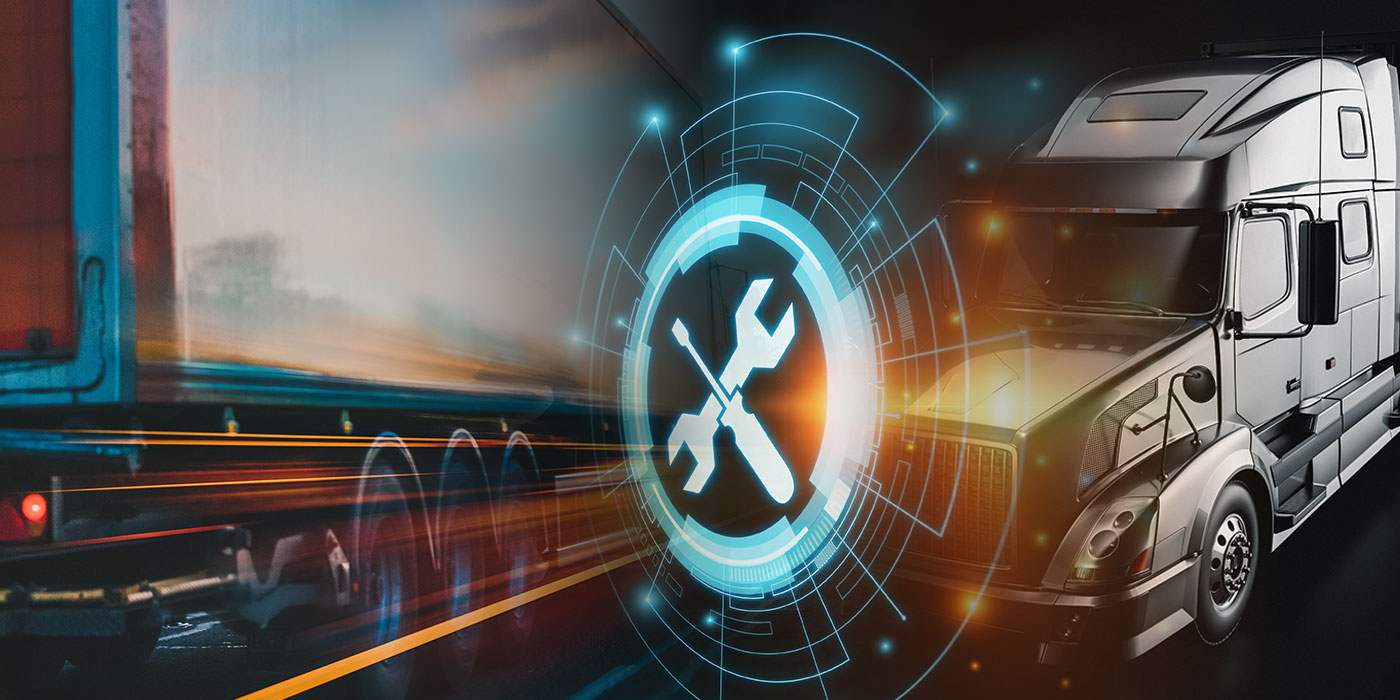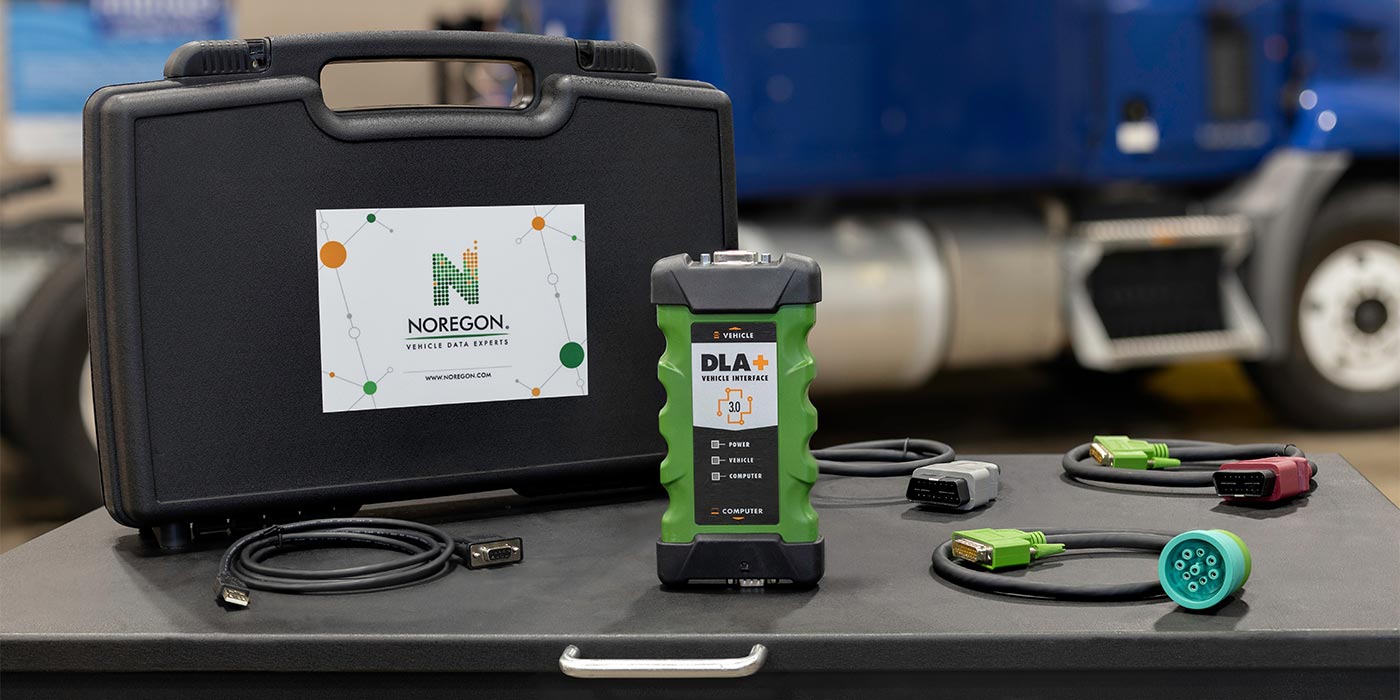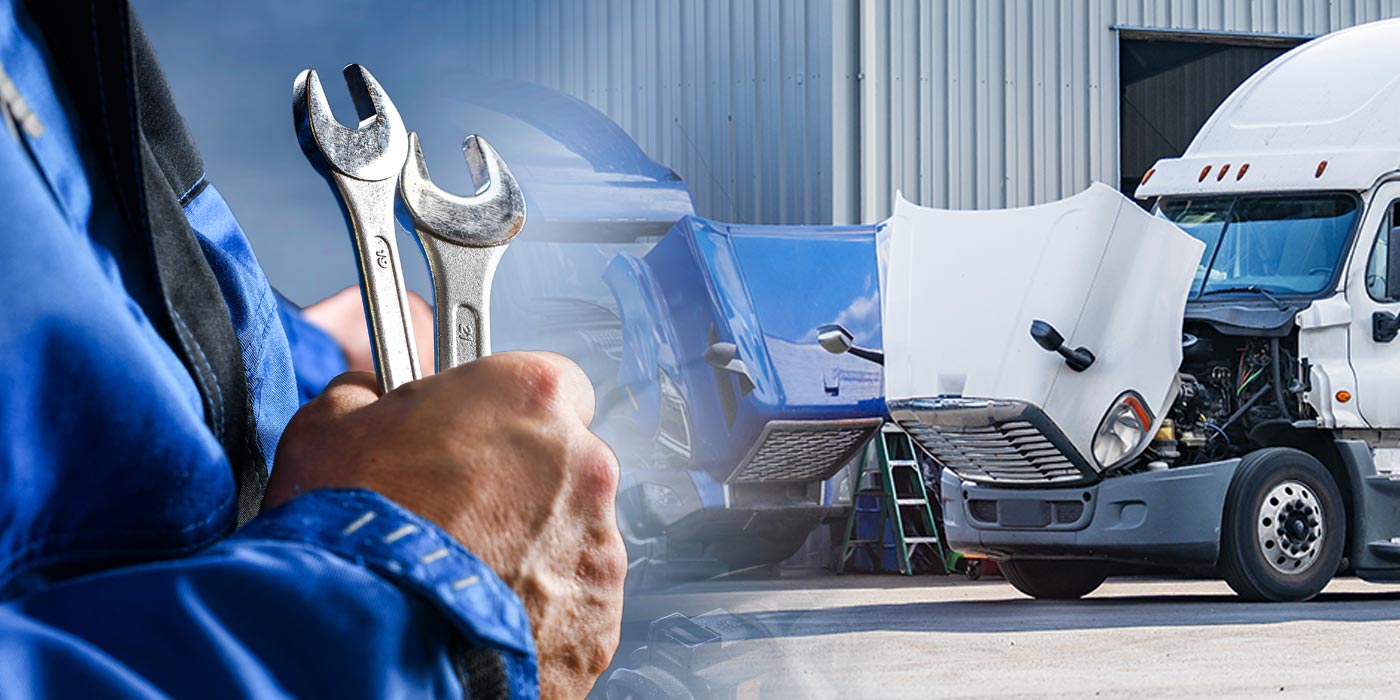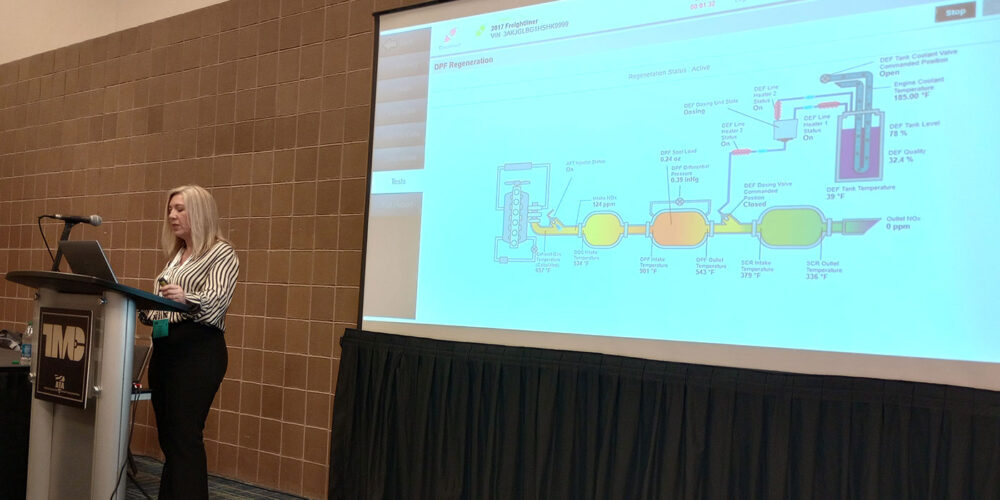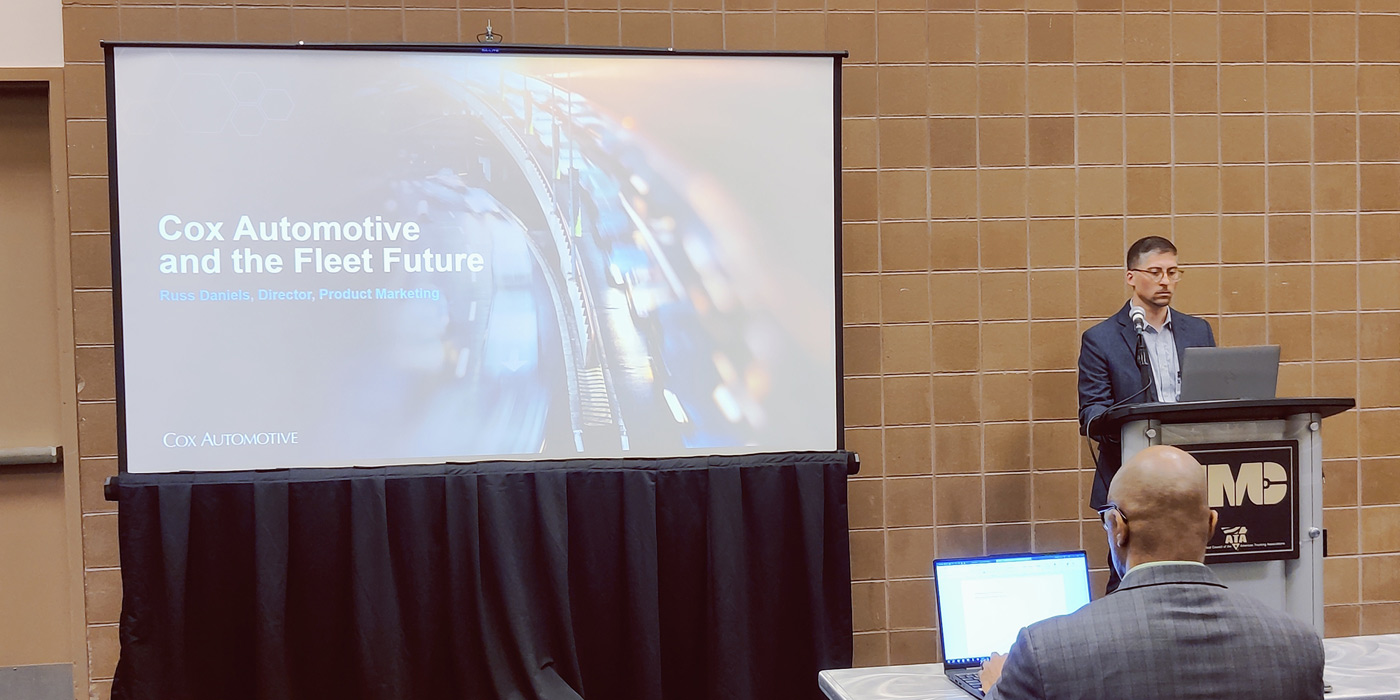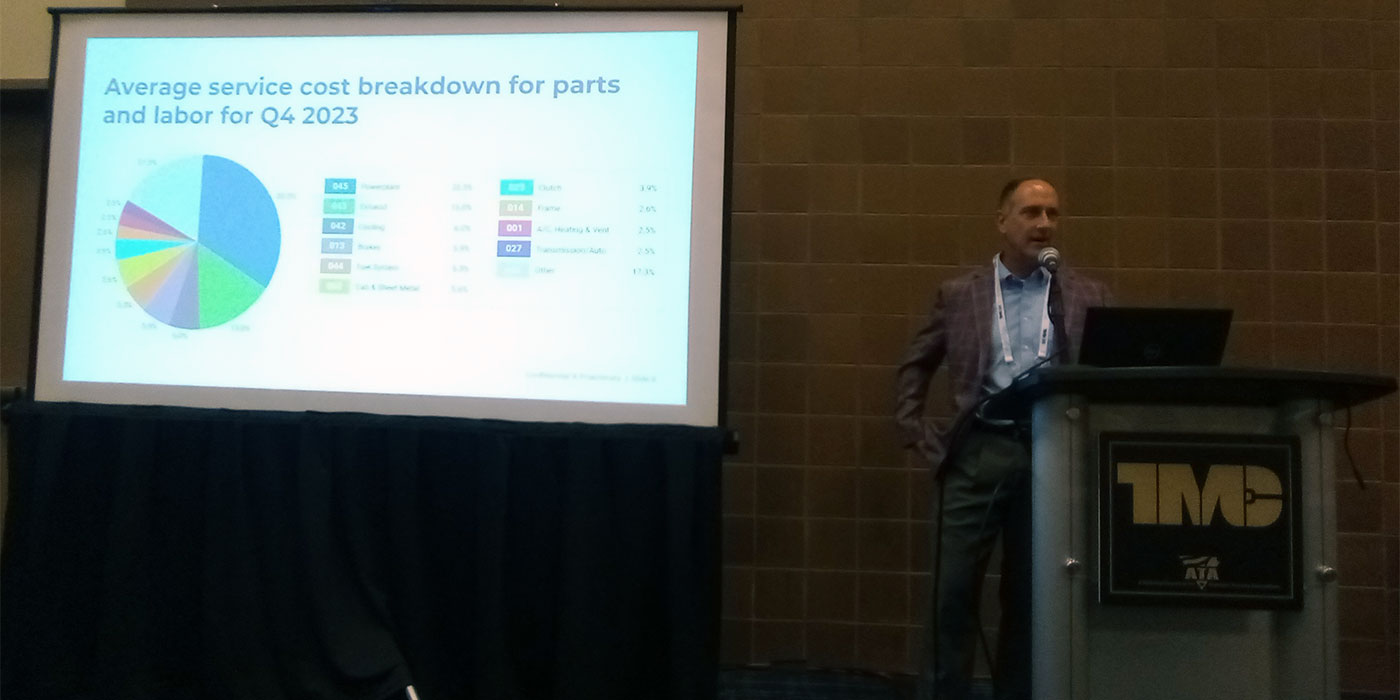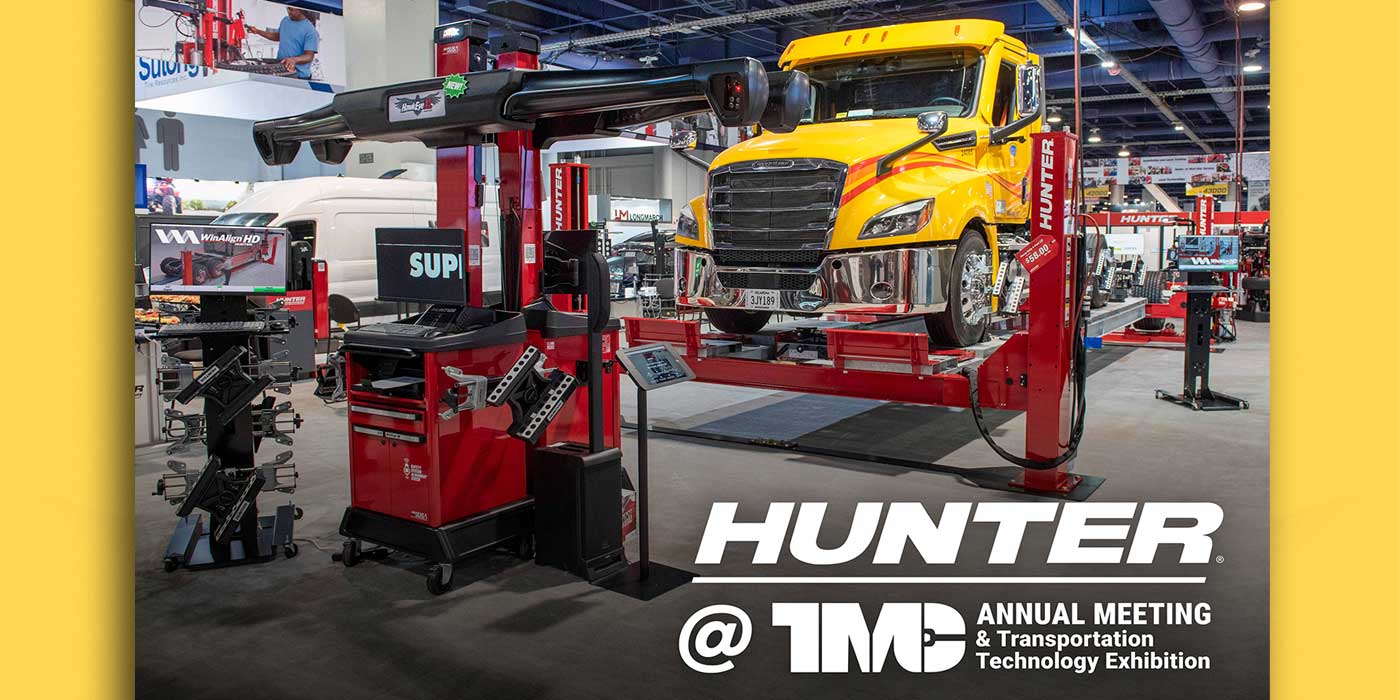Even if the pandemic were totally eliminated, the ripple effects it is causing will be with us for a long time to come. Additionally, we do not know where the next disturbance will be coming from. Items such as lumber, chicken wings, and computer chips have suddenly been hard to find. Though the situations with lumber and chicken wings seem to have resolved themselves, it looks like the shortage of computer chips will be with us for a while. And as time passes, we might find out that there are other items that are in short supply due to the shutdown.
These shortages seem to be the result of the just-in-time method of producing goods. The idea behind just-in-time is to eliminate money and space required to stock goods and parts. The automotive industry practices the just-in-time method in building vehicles. The vehicles that are on the assembly line being built today have parts scheduled to show up at the factory not only at a specific time, but in place and ready to install when that vehicle glides up for that part’s installation on the assembly line. The problem is, COVID broke the just-in-time process, thus giving us the current shortages.
These shortages now are rippling into the fleet world, resulting in fleet managers holding on to vehicles and equipment longer since replacements are not currently available. The extension of the vehicle’s life cycle of use now results in new challenges for fleets. Notably, managers need to monitor equipment wear beyond normal life expectancy, prevent costly breakdowns, and balance the investment in each vehicle so when replacement time comes, the fleet at least breaks even selling off the equipment.
Using predictive maintenance is an answer to this extended monitoring of equipment and vehicle wear and tear. The idea behind predictive maintenance is to closely monitor and measure part wear over time to determine when that item needs to be replaced before it fails. This is meant to prevent costly unwanted downtime for any vehicle or piece of equipment.
One of the simplest ways to monitor vehicle wear and tear over time is to perform vehicle inspections during regular service intervals. That means actively measuring and noting the exact condition of the necessary components. Then watching the rate of wear over time so as to predict when the item should be replaced before it interferes with equipment use by failing. Or even reducing or eliminating additional repair costs incurred when a bad component reaches the point where it damages other parts when it fails.
Fortunately, technology can be your savior. Digital inspections are an important tool for predictive maintenance. Using a tablet or even a smartphone, the inspection technician can document their findings through digital pictures, video and even canned notes that leave no room for ambiguity.
Each time a vehicle or piece of equipment is presented for maintenance and/or repair, a digital inspection would be performed on it, building what I like to call a “wear history.” Using a digital inspection to accurately record conditions on each visit and with previous inspections always available, the shop can easily refer back to decide when said item should be replaced before it fails.
Additional benefits to using digital inspections for predictive maintenance include consistency from the inspecting techs. Pictorial documentation shows not only that the item was inspected, but can be used to show the actual measurements, creating accountability with the inspecting technician. And having ongoing proof that your vehicles and equipment are checked for safety on a regular basis may help your shop mitigate any accidents or other situations that might occur.
Another benefit to the fleet: you now have a fully accessible history for each vehicle. If you are documenting wear history, these inspections can be shared with anyone who may be interested in taking the vehicles when you finally replace them. This can possibly boost your returns when selling the vehicles.
Not only can digital inspections help you keep your vehicles and equipment running smoothly, but you can also create other types of inspections for different kinds of equipment, or even inspections that serve as step-by-step guides to diagnosis, with each of the testing steps and the findings recorded for accuracy.
Digital inspections will provide you with the tools to make predictive maintenance work for your fleet while documenting vehicle and equipment safety and repairs and building better value in that equipment when the time eventually comes to replace it.
John “J.B” Burkhauser is an Auto Repair Specialist with more 35 years of experience—with expertise ranging from A Level & ASE certified master tech, shop advisor/manager, to automotive trade school Instructor, and technical writer. JB currently serves as director of education at Bolt On Technology, For more information or to get in touch with JB, visit www.Boltontechnology.com or e-mail [email protected].

